His major? Shiite theocracy.
Al-Sadr currently has the relatively low title of hojat al-Islam, which leaves his supporters no choice but to seek religious guidance from top establishment clerics — many of whom al-Sadr sees as out of touch with common Iraqis and accuses of acquiescing to Washington’s demands…
Significantly, the aides said, the main focus of al-Sadr’s studies has been the Shiite doctrine known in Arabic as “wilayet al-faqeeh,” which supports the right of clerical rule. The concept was adopted Iran’s Khomeini, but carries little support among Iraq’s Shiite religious hierarchy…
Al-Sadr also is seeking to give the Mahdi Army a more religious bloodline, the aides said.
Velayat e-faqih is also, coincidentally, the organizing principle of the Iranian government-by-cleric. CSM took a look a few days ago at the ambivalent relationship between Sadr and Iran, most recently addressed on this site here. Are they partners in building an Iraqi Hezbollah or is Iran coopting “rogue” Mahdi Army militiamen and in so doing giving Sadr headaches in having to deal with them? Both, probably, but certainly at least the former says the Monitor:
Many analysts say what may reemerge is an Iraqi version of Lebanon’s Hizbullah – a state within a state that embraces politics while maintaining a separate military and social structure that holds powerful sway at home and in the region…
“Iran is definitely interested in having its own proxy political and military force in Iraq, just like Lebanon. Iran may try to wait a bit now to see who will emerge as the more dominant force,” says Riad al-Kahwaji, a Dubai-based military expert on Iran. “All the indications so far are that [Iran] has invested a great deal in the Mahdi Army.”
The same piece says JAM members are being told to donate blood, sweep streets, and engage in other conspicuous acts of civic-mindedness to help Sadr try to repair the image that’s been tarnished by the gangsterism that characterizes much of the group’s activity these days, especially among younger members. WaPo’s got a crazy piece out today echoing the Times piece in October about Mahdi Army teens gone wild, killing on command, threatening schoolgirls with death if they won’t wear the hijab, and terrifying their neighborhoods to the point where their own parents fear them. The backlash is coming but it doesn’t look like it’ll come in time to take the group down before Sadr remakes it. Note this passage; change a few words and it could describe how Al Qaeda alienated the Sunnis in Anbar.
Increasingly, the militia’s victims are Shiites.
Tobji’s Shiite head of the local council, Abu Hussein Kamil, and another official were assassinated in August. Kamil, Ali said, had not given jobs to relatives of the militiamen and was suspected of collaborating with U.S. forces. “He was hurting his own people,” Ali said.
In June, several young fighters tortured and killed a Shiite generator man because he would not give additional electricity to the house of a militia member, his family and neighbors said. “They call themselves the Mahdi Army, but they act like a gang,” said Majid al-Zubaidi, 28, the man’s brother. “They just want to show they are in control of everything. They want people to fear them.”
“Now, both Sunni and Shia are upset with the Mahdi Army,” Zubaidi said.
Abu Sajjad, the veteran fighter, said many older militiamen are also angry. The youths are tarnishing the militia’s image as guardians of Shiites, he said. One day, he witnessed two young fighters on a moped drive up to a car and fatally shoot the driver, a Shiite who had publicly criticized Sadr. Abu Sajjad urged the Sadr office to punish the assailants, but nothing happened, he said.
Here’s Roggio’s map of the various citizen “awakenings” around Iraq. Note that the Shiite areas in the south are still stuck in stage two.

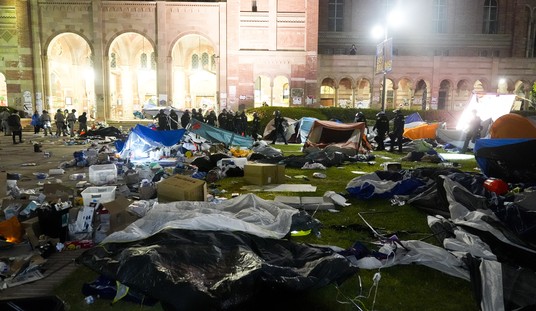
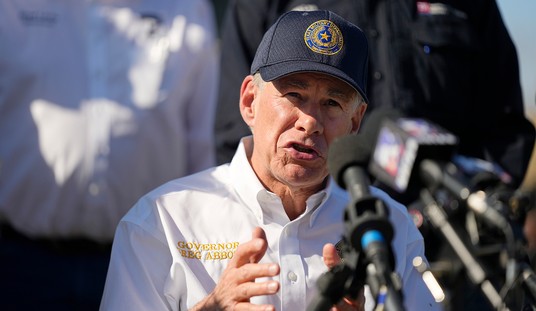
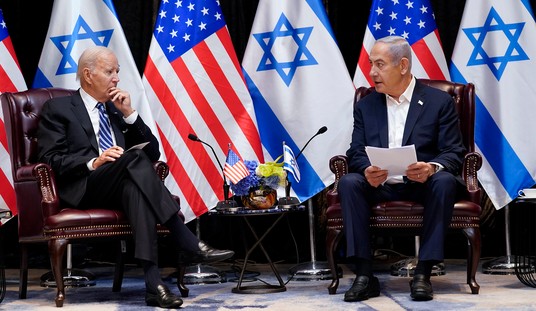

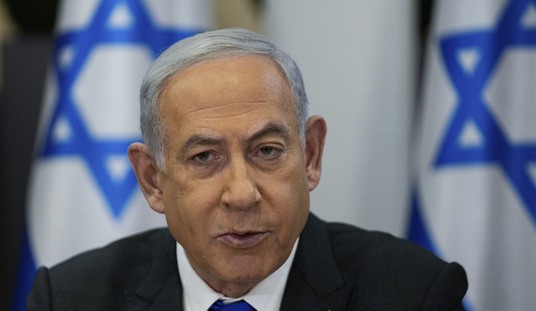
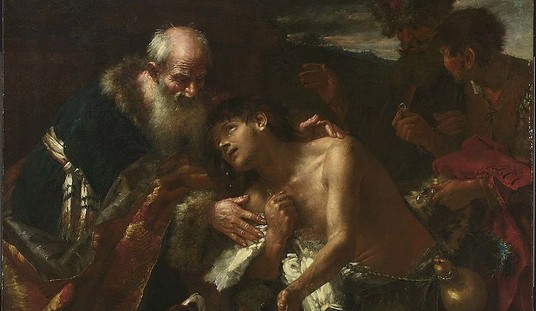
Join the conversation as a VIP Member